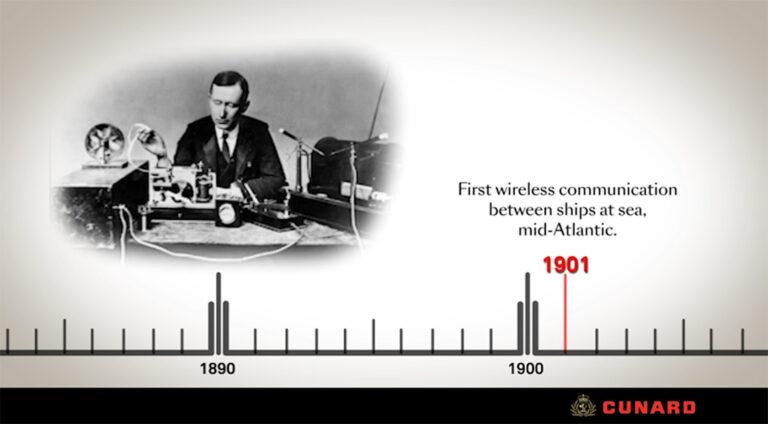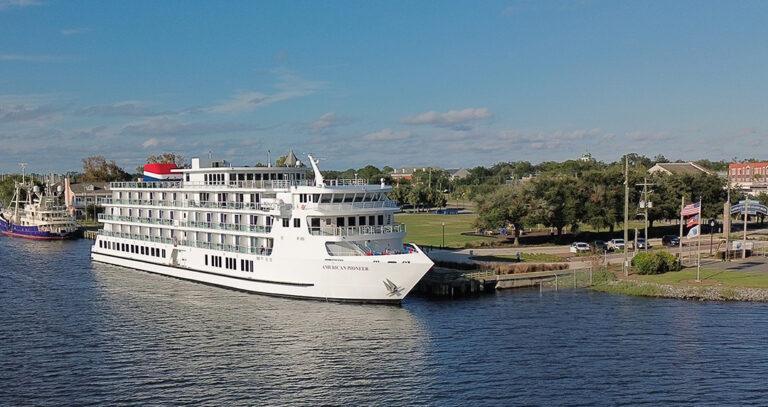Club-Like Travel: Noordam & Westerdam
“We crossed the North Atlantic very often and mostly on the big, fast liners. But sometimes, we crossed on the Noordam or the Westerdam. They were smaller, slower, more intimate and often had as few as 100 passengers onboard,” remembered the late Everett Viez. “They were very relaxing ships, very comfortable and very much like floating clubs. Holland America was noted in travel circles for its fine seamanship, its superb service and, most especially, for the excellent care of its ships. The Noordam and the Westerdam were no exceptions – they were always immaculate.”
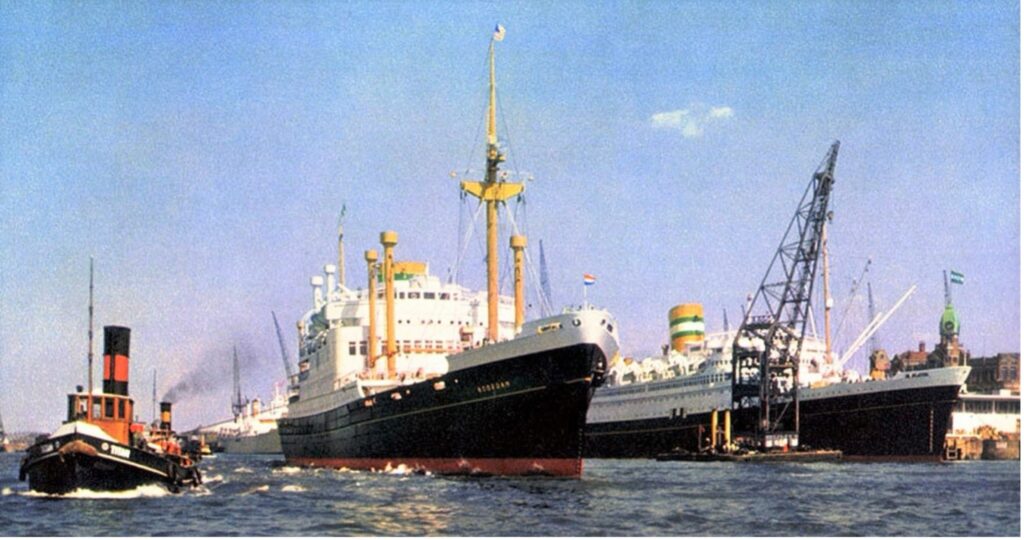
Completed in 1938-39, the 10,726-ton Noordam and her twin sister Zaandam (later sunk in World War II)
were created for what was then a new, very limited concept on the North Atlantic: all-first class travel between Europe and America.
One Holland America manager described them: “As combination passenger-cargo liners, they offered leisurely, but very comfortable crossings compared to big, far-more-celebrated liners like the Nornamdie, Queen Mary and even our own [SS] Nieuw Amsterdam. They had excellent accommodation, including comparatively larger cabins and all of them with private bathroom facilities. Having bathrooms for each stateroom was quite unique for the late 1930s. The service onboard was excellent, the food equivalent to first class on the larger liners and the decorative style high. They had a kind of European Art Deco style of decor and were very similar in many ways to our flagship Nieuw Amsterdam. Beginning in the late Thirties, our passenger ships had a kind of decorative similarity, a link between ships and ships of all sizes.”
After the Second World War started in September 1939, the 501-ft long Noordam was temporarily assigned to the New York-Dutch East Indies run, sailing for the so-called Java-New York Line. Later, the Noordam was assigned to Allied trooping duties, sailing to ports around the world. The ship was returned to Holland America in 1946, quickly refurbished and resumed Rotterdam-New York direct service that July.
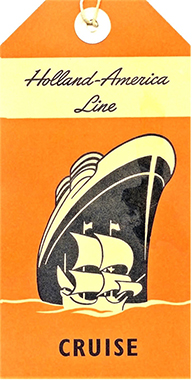
Post-War Crossings Between New York and Rotterdam
Now, she was paired with the Westerdam, a very similar vessel, but one originally intended for the Europe-North American West Coast run. The two created a popular team: Sailing every other Saturday at Noon from New York (Hoboken) for the 9-day passage to Rotterdam. It was leisurely, gracious and, for businessmen, relaxing. Peak summer season fares on the all-first class Noordam and Westerdam began $306 in 1960. Comparatively, first class rates onboard the larger, faster Nieuw Amsterdam began at $362, cabin class from $255 and tourist class from $215.
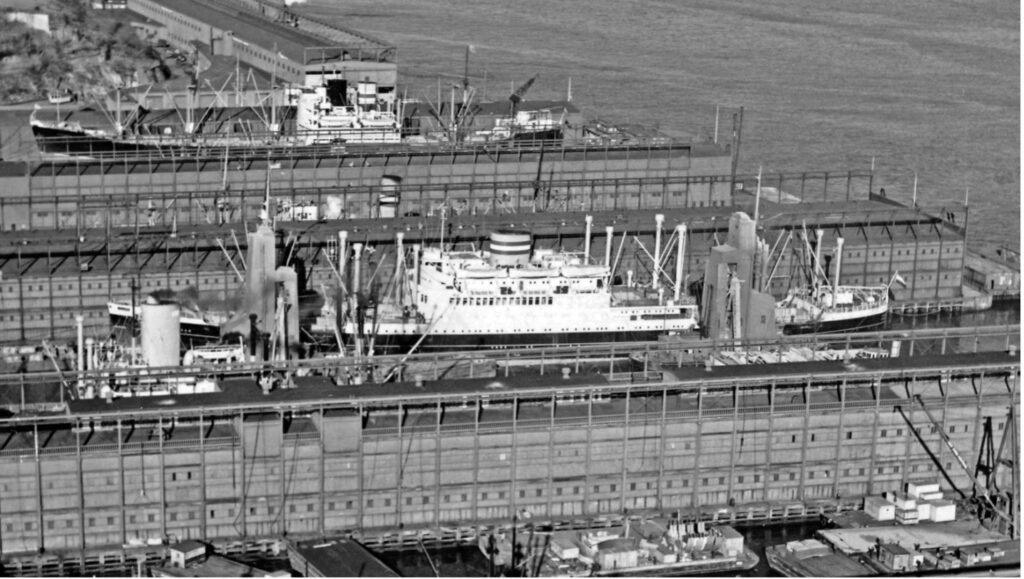
Life of Cargo and Passenger Shipping
Both the Noordam and Westerdam also had large cargo capacities – three good-sized hatches forward and three aft.
“In the post-war years, in the late ’40s, and well into the 1950s, both ships were heavily booked not only for passengers, but with freight as well,” remembered Captain Kornelius van Herk. “Westbound from Rotterdam to New York, we carried large amounts of tulip bulbs, wines, seeds, cheeses, agricultural products and Heineken beer. The first shipment of Volkswagen cars sent from Germany after the War crossed on the Westerdam. They landed in Hoboken in 1949. On the eastward trips to Rotterdam, we carried items like tin plate, grain, US-made machinery and tobacco. There were also automobiles, Ford and Chevrolet cars that were crated.”
Both of these ships were not only aging by the early 1960s, but were carrying fewer and fewer passengers. Their service with Holland America was drawing to a close. The Noordam went first, leaving service in May 1963. But instead of going to the scrappers, she found other buyers and a continued career. Bought by a Panamanian-flag subsidiary of Italy’s Costa Line, she was, however, not used in any Costa service, but instead chartered to France’s Messageries Maritimes and renamed Oceanien.
Refitted, her passenger quarters were increased to 202 and now made two class: 106 in first class and 96 in tourist. She was assigned to a long-haul service by the French – from Marseilles to Algiers, then across to the Caribbean and through the Panama Canal, to French Polynesia, the New Hebrides, New Caledonia and finally turnaround at Sydney. She endured for another four years, until sold for scrapping in Yugoslavia in 1967.
Holland America did continue the two-ship pattern, however, of one-class combo liners in direct service between New York and Rotterdam. The 9,300-grt, 111-passenger Prinses Margriet was brought over from the Oranje Line, a Dutch company in which Holland America was a partner, and paired for a time with the Westerdam.
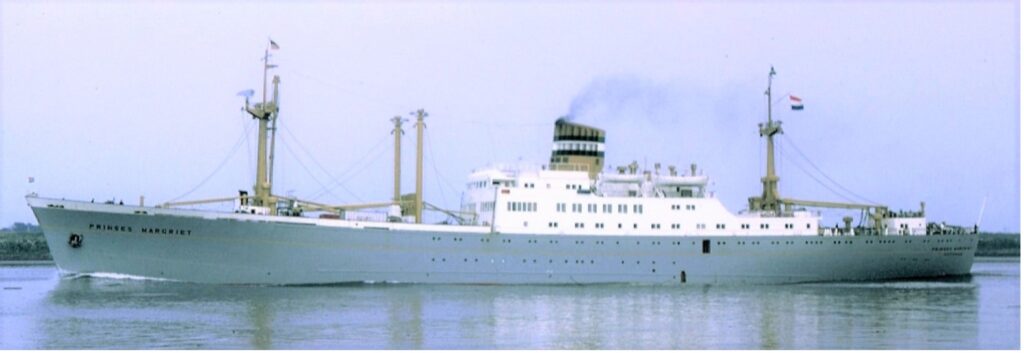
The Westerdam was the very first Atlantic passenger ship to come into service following the end of the Second World War. On a June morning in 1946, the 12,140-grt ship arrived in New York harbor to a tug and fireboat reception. Holland America was back in business. The Noordam, Veendam and Nieuw Amsterdam would soon follow, all offering comfortable if not luxury accommodation.
“Every voyage was booked solid,” recalled Everett Viez, then a New York City-based travel agent. “In peak summer, you had to book months in advance – and sometimes even a year.”
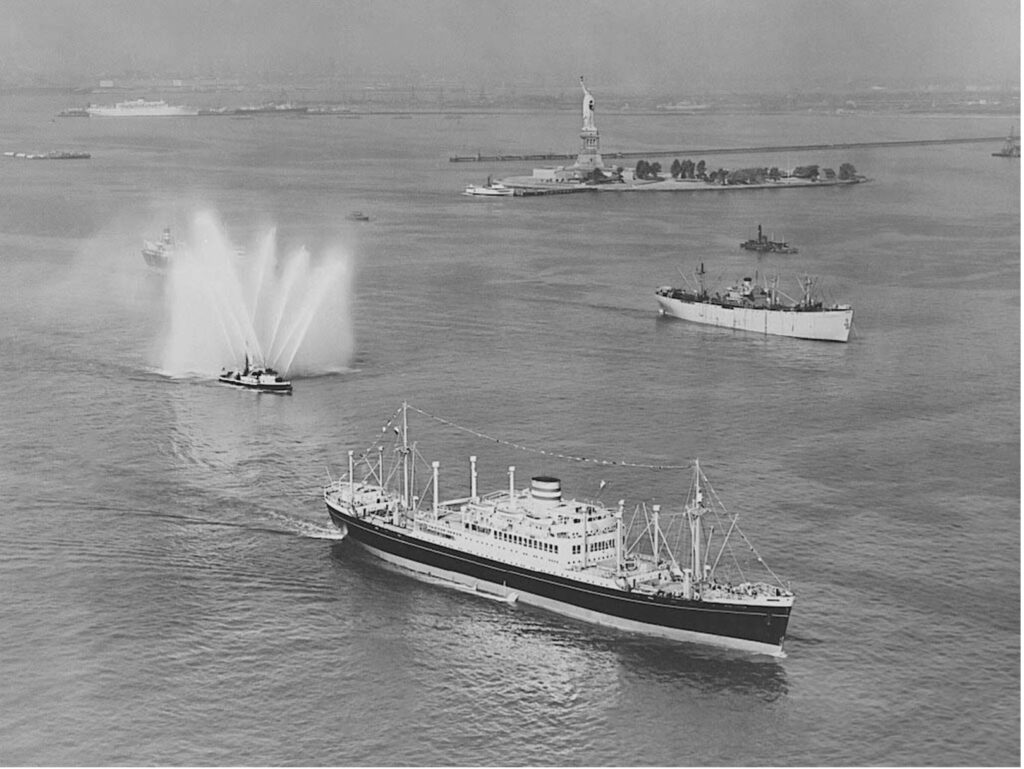
Noordam and Westerdam in World War II
Originally, in the late ’30s, the Noordam was to be teamed with a twin sister, the Zaandam, but which was later lost during the War. That pair was commissioned in 1938-39. Slightly larger, the Westerdam was to sail with a twin, the Zuiderdam, but on the North Europe-Caribbean-Panama Canal-North American West Coast service. Intended for 1940, the Nazi invasion of Holland that May changed all plans. While the Zuiderdam was sunk in 1941, salvaged and then sunk again in 1944, she was not worthy of repair by the War’s end and instead her remains were broken-up in Belgium in 1946.
The Westerdam endured and survived, but with great difficulties at first. Floated out in her building berth on July 27, 1940, but under Nazi occupation supervision, she was bombed a month later during an Allied attack on Schiedam. The Nazi high command ordered that the ship be repaired. This process was extremely slow, however, and instead, by 1944, it was ordered that she be deliberately sunk to block the harbor entrance at Schiedam. Realizing this, Dutch Resistance forces sank the 516-ft long ship instead, but in a far less difficult position. The Nazis were furious. They ordered that the ship be raised and then re-sunk as a blockade. Dutch Resistance again sank the Westerdam – the third time for that ship.
After Dutch liberation in April 1945, Holland America was quick to investigate remaining tonnage not matter how serious the damages or conditions. The hull of the Westerdam was raised on September 13, 1945, and immediately taken to her builders’ yard at Schiedam for completion. The Westerdam had space for as many as 134 passengers, all first class, in accommodation arranged on five decks. The public areas included a Main Lounge, foyer, small bar, combination writing room-library, verandah and smoking room. The restaurant could seat all passengers at one sitting. All of the passenger cabins had private bathrooms. William Prins, who later became a vice president at Holland America, served aboard the Westerdam in the late 1940s.
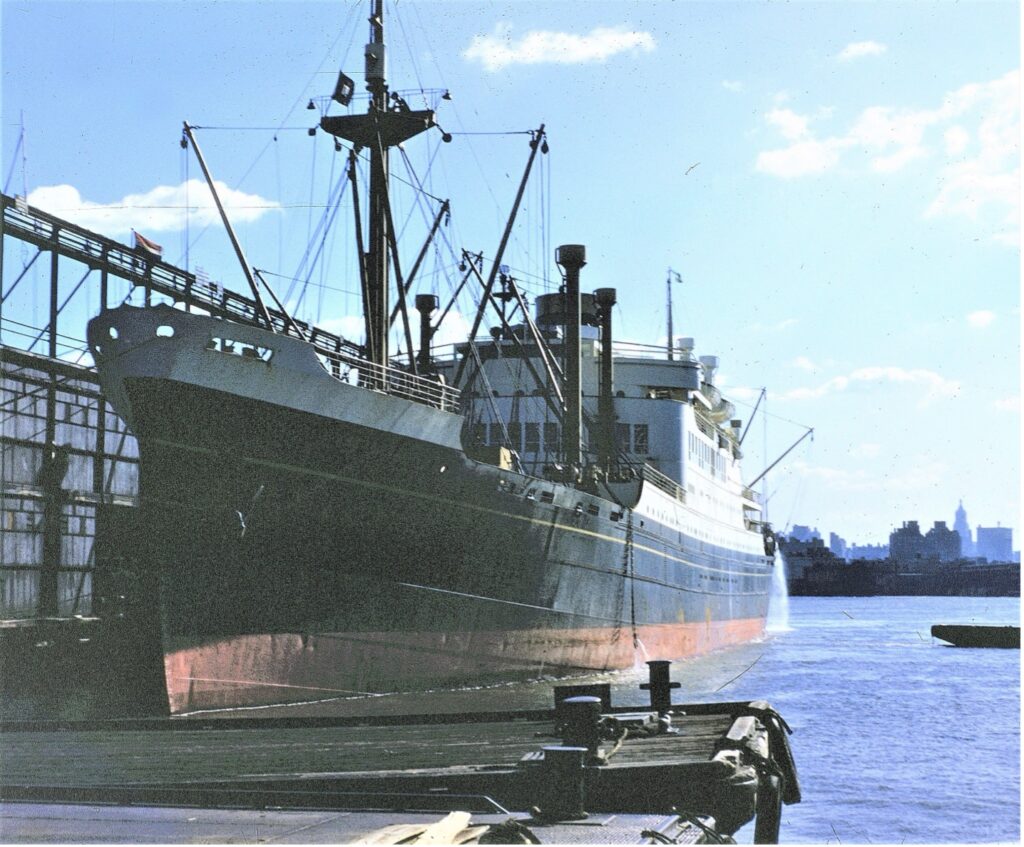
The Legacy of Noordam and Westerdam
“The lifestyle on ships such as the Noordam and Westerdam was fairly subdued,” he remembered. “The passengers amused themselves by reading, writing letters, playing deck games, if the weather allowed, and simply lounging in deck chairs along the enclosed promenade deck. In the evenings, sometimes there was a film shown on a small screen and with the projector resting on the top of the piano. An after-dinner highlight, passengers often watched intently. I remember seeing John Wayne and a young Elizabeth Taylor. Sometimes, the captain quietly joined and watched a film from the back of the lounge.”
There were occasional diversions for these combo liners, such as going beyond New York/Hoboken and instead going 125 miles along the Hudson River to Albany, specially to load grain. At other times, due to strikes in New York harbor, the ships were sent to Philadelphia and to Baltimore.
The Westerdam was retired in the fall of 1964. While there were initial reports of her becoming a hostel for workers at the steel mills at IJmuiden, the ship was sold instead for scrap. It was broken-up at Alicante in Spain.



